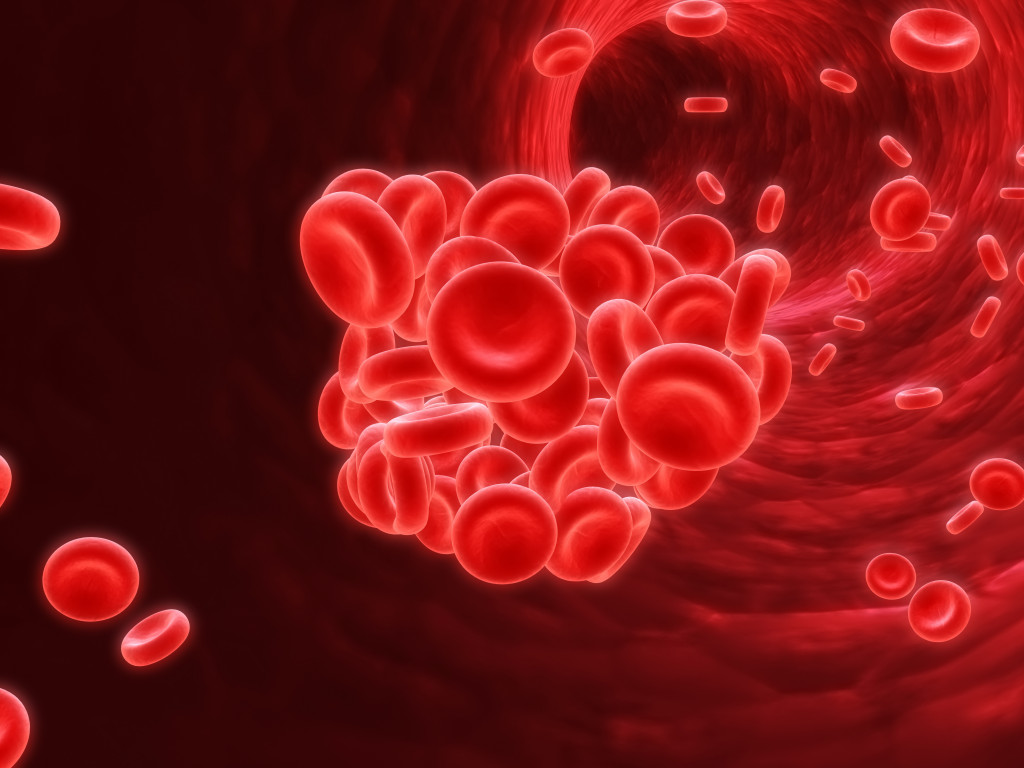Next to cardiovascular disease and cancer, stroke is one of the leading causes of severe illnesses and deaths in the United States. Here, nearly 30 percent of the population will experience a stroke in their lifetime.
Meanwhile, the American Heart Association study revealed that the risk of dying after a first stroke is 18 percent. About 40 percent of stroke patients died after a year.
Those who survive could develop disabilities. According to the CDC, it could decrease mobility for senior patients by more than 50 percent that they would need a home health aide.
The key to surviving a stroke without significantly reducing the quality of life is to act fast. But what does this mean?
What Is a Stroke?
A stroke, or brain attack, occurs when blood flow to the brain is blocked or when a blood vessel in the brain bursts. It deprives the brain of oxygen and nutrients, which can damage or destroy brain cells. Brain cells begin to die only minutes after they stop getting oxygen and nutrients.
Stroke comes in different forms:
- Ischemic Stroke – When a blood vessel in the brain becomes blocked by a clot and stops blood flow to an area of the brain.
- Hemorrhagic Stroke – When a blood vessel in or leading to the brain bursts, flooding part of the brain with too much blood and damaging it.
- Transient Ischemic Attack (TIA) – Also known as a “mini-stroke,” TIA is often a warning sign for a more severe stroke.
- Cryptogenic Stroke – When a stroke isn’t caused by a known heart condition, infection, or blocked artery.
- Brainstem Stroke – When a blood vessel that takes oxygen-rich blood to your brain stem is blocked. This type of stroke is often fatal.
Some people confuse stroke with aneurysm, but they are different. An aneurysm is a bulge or ballooning in a weakened area of a blood vessel, usually caused by a congenital weakness or damage from an injury.
The bulging occurs as the artery wall becomes thinner and weaker with age. Aneurysms have little chance of bursting. But if they do, blood flow into the brain can cause pressure that damages or kills brain cells.
Act FAST with Stroke
Stroke can be a life-threatening and even a fatal event. Although the symptoms and treatment can last for hours or days (sometimes they don’t resolve at all), every minute still counts. The longer the person waits for treatment, the quicker the brain cells die.
However, many people experiencing it often fail to receive prompt treatment because they cannot recognize the symptoms. To solve this problem, doctors now advise patients to remember FAST:
- Facial droop, smile
- Arm weakness
- Speech difficulty (including slurred speech)
- Time to call 911
Note that one doesn’t need to have all these three major symptoms before they seek emergency care. Sometimes the only sign is a slurred speech or an arm weakness, which can also mimic a heart attack.
Common Treatments for Stroke

There are three primary treatment methods to treat stroke:
- Thrombolysis – A procedure used to dissolve blood clots. If your doctor decides that this is the proper treatment, he will inject a thrombolytic drug into the body or give it an IV.
- TPA (Tissue Plasminogen Activator) – A drug that breaks down clots. The doctor may also give the patient the TPA through an IV.
- Brain Surgery – Removal of blood accumulating under the skull, which has nowhere to go since a clot or burst blocked the brain’s veins.
The following medications can also help prevent another stroke or reduce the damage to the brain. They include:
- Aspirin – Also known as an antiplatelet, aspirin helps thin your blood and decrease its ability to clot.
- Blood Thinners (Anticoagulants) – These drugs keep blood from clotting and prevent clots from getting bigger.
- Statins – Drugs used to lower your cholesterol, which can help prevent a second stroke.
- ACE Inhibitors – Drugs that lower your blood pressure and improve the health of the heart.
- Antidepressants – Drugs used to treat depression. They can also prevent another stroke or reduce brain damage after a stroke has occurred.
Can the Brain Heal After a Stroke?
After a stroke, a patient may have to undergo physical and occupational rehabilitation, especially if the event led to significant brain damage leading to paralysis.
Before, the therapy lasted for only half to a full year. After that, doctors might conclude that the patient has entered a point of no return for their condition – they cannot be rehabilitated anymore.
Newer studies, though, suggest otherwise. In one case, a young stroke patient eventually improved the performance of his paralyzed hand after his brain rewired itself. It means that the brain continued to produce new neurons, which then developed new connections.
However, a 2021 study in Neurorehabilitation and Neural Repair emphasized that the window for such an opportunity is small. This conclusion came after the researchers looked into the records of 60 stroke patients and followed their recovery within a year.
Receiving treatment within a few days after an ischemic stroke increases the chances of the brain’s plasticity, which is the brain’s ability to retrain itself.
Whether the patient experiences a massive or minor stroke, they should not take this lightly. Their brain function is on the line. Acting FAST could save their lives.

